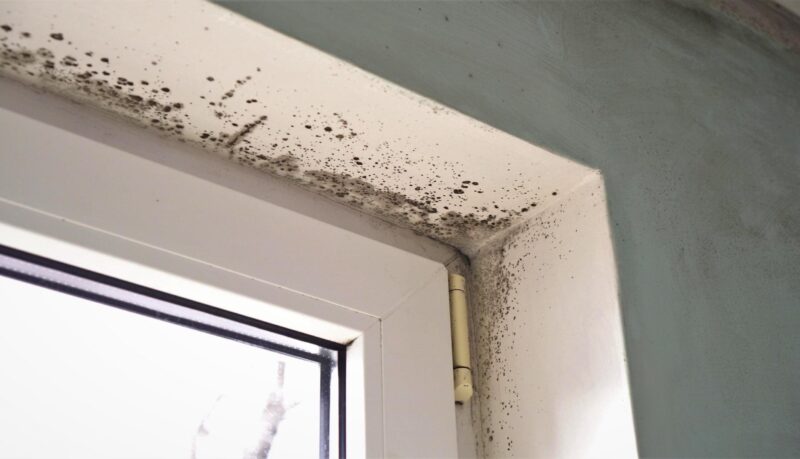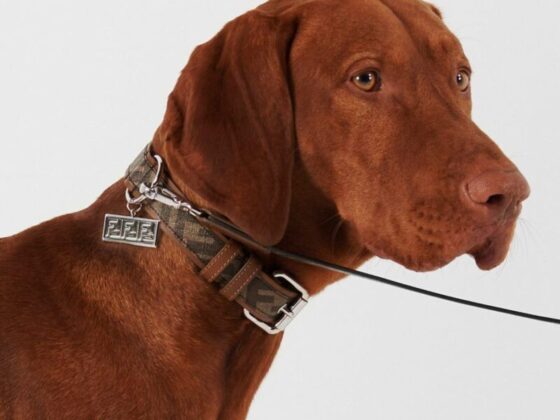Visible and hidden mold are two common types of mold that can be found in homes and buildings. While visible mold is easily detectable by the naked eye, hidden mold is often more challenging to identify.
Understanding the key differences between visible and hidden mold is essential for effective mold prevention and remediation. In this article, we will explore the distinct characteristics of visible and hidden mold, as well as the potential risks associated with each type.
By gaining a deeper understanding of these differences, you can better protect yourself and your property from the harmful effects of mold growth.
Overview of Visible and Hidden Mold

Visible and hidden mold play different roles in indoor environments, each posing unique challenges for property owners. Visible mold is easily detectable through its telltale signs of discoloration, musty odors, and fuzzy growths on surfaces.
On the other hand, hidden mold lurks out of sight within wall cavities, under flooring, or behind appliances, making it harder to detect. While visible mold can often be addressed with surface cleaning and treatment, hidden mold requires more invasive inspection and remediation to fully eradicate.
Understanding the differences between visible and hidden mold is crucial for effectively managing mold growth in indoor spaces.
Identifying Visible and Hidden Mold

Identifying visible and hidden mold in your home is essential for maintaining a healthy living environment. Visible mold can often be found on walls, ceilings, or other surfaces, appearing as black spots or patches.
Its important to address visible mold promptly to prevent further spread and potential health risks. However, hidden mold poses a greater challenge as it can be lurking behind walls, under carpets, or within HVAC systems.
Signs of hidden mold may include musty odors or unexplained allergic reactions. To detect hidden mold, professional mold testing may be necessary to pinpoint the source and extent of the contamination.
Regular inspections and maintenance can help prevent mold growth and ensure your home stays mold-free.
Health Risks of Visible and Hidden Mold Exposure

Exposure to visible and hidden mold poses significant health risks that can impact individuals in various ways. Visible mold, often found on walls, ceilings, or other damp surfaces, can trigger allergic reactions, respiratory issues, and skin irritation.
In contrast, hidden mold lurking behind walls, under floors, or in ventilation systems can cause more severe health problems, such as chronic respiratory conditions, neurological issues, and even immune system disorders. Both types of mold exposure can lead to long-term health complications if not addressed promptly and effectively.
It is crucial for individuals to be aware of the potential health risks associated with both visible and hidden mold in order to protect themselves and their loved ones.
Conclusion
In conclusion, understanding the key differences between visible and hidden mold is crucial for effective mold detection and remediation. Visible mold growth is easily identifiable and should be promptly addressed to prevent further spread and damage to property and health.
On the other hand, hidden mold may be more challenging to detect but can still have serious consequences if left unchecked. Utilizing professional mold testing services, such as Mold Test Tampa, can help homeowners identify hidden mold and take appropriate measures to address the issue. By being vigilant and proactive in addressing both visible and hidden mold, homeowners can ensure a safer and healthier living environment for themselves and their loved ones.


